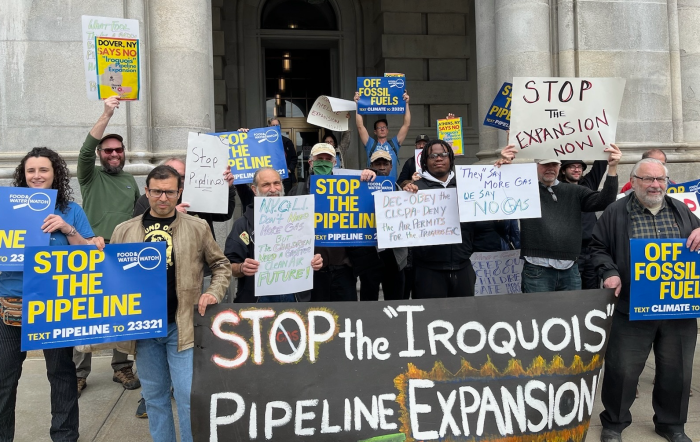The city’s subways are on a heady roll.
On each of five separate days last month, the system gave straphangers a remarkable 6 million-plus rides. That number represents a powerful recovery from the early 1990s, when the system’s tallies slogged along at a miserable 3.7 million daily trips.
And we do mean miserable.
The system’s troubles meant endless suffering for those who valued being on time. There were unremitting signal failures, railcar breakdowns and track fires. Every day was a gamble for commuters — and the house always won.
Firms that wanted to ensure punctuality paid for livery car service. The only winners in this game were laggards who could always blame their tardiness on the subways.
It took several decades to rebuild.
Today MTA officials credit better service for much of the system’s growth — along with a better economy and population growth. But the rebound in subway ridership has been especially strong among discretionary customers and during off-peak times. Meaning: More people are riding the subways because they want to.
The challenge now is to expand the system to meet this growing demand — but that might not be easy. The MTA has drawn up a $32 billion capital plan for the next five years. Unfortunately, the agency hasn’t the slightest idea where it might find about half that cash.
Without it, the system could start rolling in reverse.
Phase one of the Second Avenue subway line is supposed to open in 2016 — with extended Q train service between 63rd and 96th streets. Then work is scheduled to start on the stretch from 96th Street to 125th. But will it happen? As generations of transit riders understand too well, when the money stops, so does construction.
The MTA must find a way to avoid that scenario.
The last time ridership approached today’s numbers was around 1949 — when the system included a long-gone network of elevated lines, and for arcane reasons counted many riders twice. It’s wonderful to see the system on the rebound now — but it won’t flourish until it grows.

















